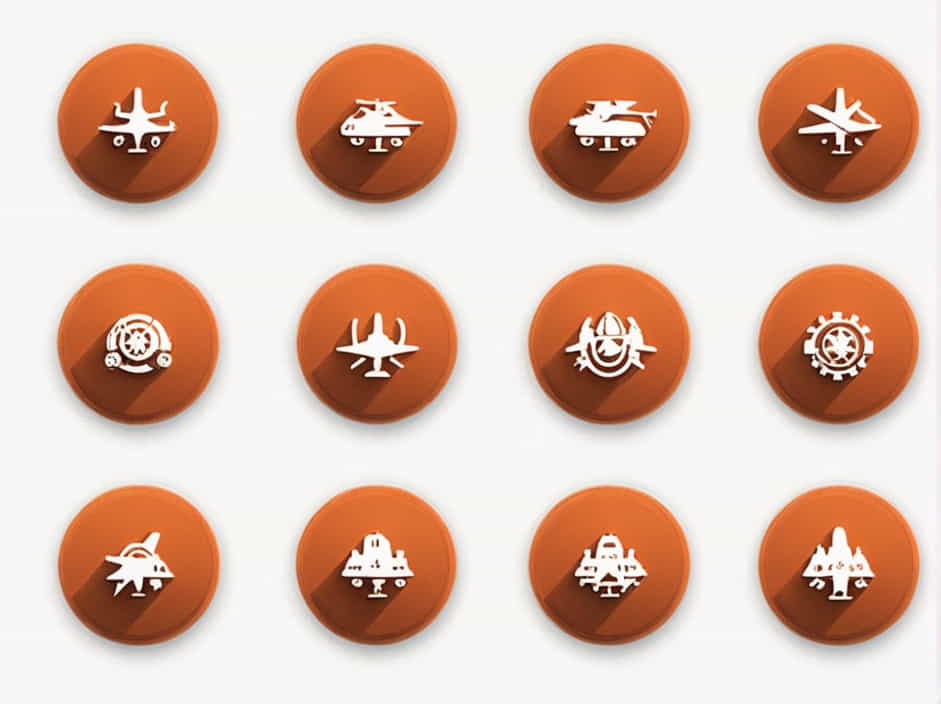The Women’s Army Corps (WAC) was a branch of the United States Army dedicated to female soldiers. Established in 1943, it played a crucial role in allowing women to serve in the military in non-combat roles. Before this, women had limited opportunities in the armed forces.
Although WAC was disbanded in 1978, its influence paved the way for full integration of women into the U.S. Army. This topic explores what WAC was, its history, roles, challenges, and its lasting impact on women in the military.
History of the Women’s Army Corps (WAC)
1. Origins and Purpose
During World War II, the U.S. military needed more personnel. To fill the gap, the government created the Women’s Army Auxiliary Corps (WAAC) in 1942. However, WAAC members did not receive the same military status and benefits as male soldiers.
Recognizing their valuable contributions, the Women’s Army Corps (WAC) was established on July 1, 1943. This allowed women to serve as official members of the Army with equal rank, pay, and benefits (though still in non-combat roles).
2. Leadership and Development
WAC was led by Oveta Culp Hobby, its first director. She ensured that women were trained, disciplined, and respected within the Army. Under her leadership, WAC grew rapidly, reaching over 150,000 members by the end of the war.
Roles and Responsibilities of WAC Members
1. Non-Combat Military Support
WAC members did not serve in combat but performed critical support roles, including:
✔ Clerical and administrative duties – Maintaining military records and handling correspondence.
✔ Communications – Working as telephone operators and radio specialists.
✔ Medical support – Serving as nurses, medical technicians, and hospital staff.
✔ Logistics and supply management – Managing military equipment and transport operations.
✔ Intelligence and cryptography – Assisting in code-breaking and intelligence gathering.
2. Overseas Service
Many WAC members were stationed abroad in Europe, North Africa, and the Pacific. They played key roles in military operations, ensuring smooth communication and logistical support for combat troops.
Their contributions were so vital that General Dwight D. Eisenhower once said, “Their work is essential to the military’s success.”
Challenges Faced by WAC Members
1. Gender Discrimination
Despite their contributions, WAC members faced skepticism and resistance from male soldiers and the public. Many people believed that women did not belong in the military, leading to bias and discrimination.
2. Strict Rules and Regulations
WAC members had to follow strict dress codes, behavior expectations, and appearance standards. They were constantly monitored to ensure they maintained a professional image.
3. Limited Career Growth
Although WAC allowed women to serve, their career advancement was restricted. High-ranking positions were primarily reserved for men, and WAC members were often limited to support roles rather than leadership.
Impact of WAC on Women in the Military
1. Expanding Opportunities for Women
Before WAC, women had very limited roles in the military. By proving their capabilities, WAC members helped open doors for women in new fields, such as:
✔ Aviation and flight operations
✔ Engineering and mechanical roles
✔ Military law enforcement
✔ Military intelligence and strategy
2. Integration Into the Regular Army
In 1978, WAC was officially disbanded, and its members were fully integrated into the regular U.S. Army. This meant that women could now:
✔ Serve in the same units as men
✔ Receive the same training
✔ Have equal career growth opportunities
3. Women in Leadership and Combat
Today, women serve in combat roles, special forces, and high-ranking leadership positions. The legacy of WAC helped make this possible by proving that women could serve effectively in the military.
Famous Women in the WAC
1. Oveta Culp Hobby
The first director of WAC, she played a key role in shaping the program and advocating for women’s rights in the military.
2. Charity Adams Earley
She was the highest-ranking African American woman in WAC and led the 6888th Central Postal Directory Battalion, which ensured mail delivery to soldiers in Europe.
3. Mary Hallaren
A strong advocate for women’s permanent inclusion in the military, she helped push for equal status for female soldiers.
The Legacy of WAC in Today’s Military
1. Women in Combat Roles
The contributions of WAC members helped pave the way for women to serve in combat and frontline roles. Today, women can become:
✔ Infantry officers
✔ Army Rangers
✔ Special Forces soldiers
✔ Helicopter pilots
2. Women in Military Leadership
Female soldiers now serve as generals, commanders, and top-ranking officers. Leaders such as General Ann Dunwoody (the first female four-star general) are examples of this progress.
3. Equal Benefits and Recognition
Women in the military now receive equal pay, benefits, and career opportunities, a direct result of the policies shaped by WAC’s influence.
The Women’s Army Corps (WAC) was a groundbreaking program that allowed women to serve in the U.S. military in essential roles. Established in 1943, it provided women with the opportunity to prove their capabilities and contribute to military success.
Despite facing discrimination and challenges, WAC members excelled and helped reshape the military’s policies on gender. When WAC was disbanded in 1978, its members were fully integrated into the U.S. Army, leading to the equal opportunities women have in the military today.
The legacy of WAC lives on, inspiring future generations of female soldiers to serve with honor, courage, and excellence.
